What Is VAT (Value-Added Tax) & How to Calculate It?
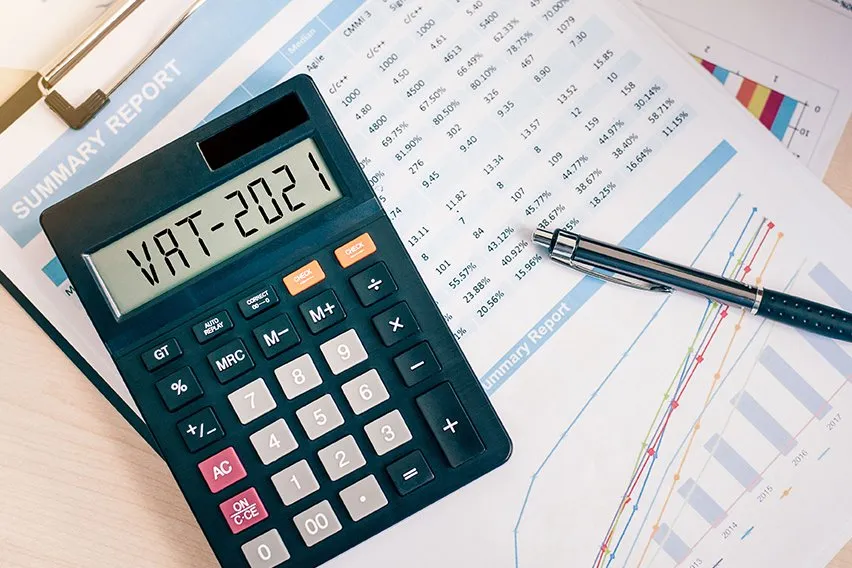
If you’re running a business, then taxes are probably one of your main concerns. Knowing exactly how much tax you should be charging, as well as what you should be getting back, is important. One of the taxes you should know about is value-added tax, or VAT. VAT may not apply to all businesses, but it does apply to many. Keep reading to learn all about VAT, and how to calculate it!
Here’s What We’ll Cover:
What is Value-Added Tax?
Value-added tax, or VAT for short, is a tax that affects businesses that operate supply chains. It is a consumption tax, meaning that it is a tax levied on the spending on goods and services. To define VAT in a simple manner, it is a tax that is added to a product at every stage of production. This includes all production stages, from initial production to point of sale.
The amount of VAT that a user pays is based on the cost of the product. It deducts any costs of materials used in the product that were taxed at a previous stage.

Value-Added Tax is Based on Consumption
VAT is based on consumption rather than income. A progressive income tax would levy more taxes on the wealthy. VAT, on the other hand, is charged equally on every purchase. At this point in time, over 160 countries use a VAT system, including Canada. Even though it is one of the widely adopted forms of taxation, there are advocates and opponents of it.
Advocates of VAT
When examining VAT, advocates state that the tax raises government revenues. It does this without charging the wealthy more. This is different from income taxes, of course, which tend to penalize the wealthy. Additionally, the VAT system is simpler than a traditional sales tax. This means that it’s easier to comply with, meaning that it is easier for businesses to operate.
Opponents of VAT
People who oppose VAT state that the system is harder on lower-income consumers. At the same time, they tend to argue that VAT creates an unnecessary bureaucratic process for businesses. As such, they believe that a traditional income tax or sales tax would be better for the country.
No matter which side of VAT you’re on, it is commonly referred to as being an alternative to income tax. That is not true in all cases, though. Some countries that have VAT systems also have income taxes. Every country is unique, making it hard to pinpoint how effective a VAT system can be.
Does Canada Use VAT?
The Canada tax authorities have implemented VAT, but you may not know it by that name. The Canada Revenue Agency refers to VAT as the GST, or Goods and Services Tax. When speaking about this tax, the terms VAT and GST are interchangeable.
At this point in time, the Canadian VAT rates are 5% on most goods and services. There are a few exceptions to the standard VAT rates, however. These exemptions are few and far between, though. The list of goods and services below are all subject to the GST:
- Health, medical, and dental services all fall under the umbrella that is taxed under the GST.
- Legal aid services are considered a VAT service and supply chain.
- Long-term residential rentals are taxed under GST.
- Music lessons are also taxed under the GST.
- Some child care services are taxed under VAT.
What is the VAT Rate in Canada?
At this point in time, the VAT rate is 5%. It is more commonly known as the GST, which most Canadian businesses and individuals are aware of. Because it’s so common, it’s easy to work out on your own, thankfully.
To calculate VAT for your goods or services, simply multiply the initial price by 1.05. The result will be what you should be charging consumers overall.
How Does VAT Work in Canada?
In Canada, value-added tax isn’t paid to the federal government by businesses. It’s charged to consumers, and added onto the price of goods and services. This makes it an indirect tax. While businesses aren’t paying it to the government directly, they are responsible for reporting it. If they don’t report it to the government, then they are subject to possible penalties.
In addition to being known as the GST, the VAT system in Canada may be known as the HST. HST stands for Harmonized Sales Tax. The HST is the combination of Provincial Sales Tax and the federal GST. However, not all provinces in Canada use the HST. Only 5 are using the HST at this time. These provinces are:
- New Brunswick
- Nova Scotia
- Ontario
- Newfoundland / Labrador
- Prince Edward Island
Collecting VAT in Canada
If you’re collecting VAT in Canada, be it through the GST or HST, you have to register your business first. Registration for VAT has to be done through the Canadian tax authorities, the Canada Revenue Agency. Some entities are required to register for VAT, while for others registration is optional.
Companies That Are Required to Register for VAT
In Canada, some companies are required to register for VAT. If a company is supplying goods and services that are VAT-exempt, then they will not be required to register. The following entities are all required to register for VAT:
- Any company selling goods and services subjected to VAT in Canada
- Any charities or public institutions that make more than $50,000CAD per year
- Non-resident companies that want to apply for GST registration in Canada
- Taxi companies must register for VAT but with specific registration requirements
- Financial institutions must register for VAT, also with specific requirements
Companies who fit these criteria are required to become VAT-registered businesses.
Companies Exempt From VAT
In addition to companies that produce exempt supplies, small-suppliers are also exempt from VAT. To be considered a small-supplier, certain requirements must be met. Individuals who make less than $30,000CAD in revenue per year are considered small-suppliers. Additionally, public institutions that make less than $50,000CAD per year are exempt. Charities cannot exceed $250,000CAD in revenue per quarter. This keeps these businesses exempt from VAT in Canada.

When Do Companies or Individuals Have to Register for VAT?
When a company begins making taxable supplies in Canada, they are required to register for VAT. However, it should be mentioned that registration is not mandatory until the amount of money made off of these supplies exceeds $30,000CAD. If the minimum threshold for mandatory registration is not met, VAT can be registered for on a voluntary basis. Why would anyone want to register for additional taxation, though?
Simply put, VAT registration comes with a few advantages that non-registered businesses can’t take advantage of. One of the most important benefits to being VAT-registered is the ability to claim input tax credits. These can be claimed as tax returns on any VAT paid during the commercial activities taking place.
When registering for VAT, the Canada Revenue Agency will assign a business their reporting period. This period can be monthly, quarterly, or yearly. If you plan on registering for VAT, it’s important that you have accounting software that can provide these reports. Keep that in mind.
Key Takeaways
VAT is a consumption tax that is imposed in Canada. In Canada, VAT is more commonly known as HST or GST, depending on the province. Being registered for VAT isn’t mandatory for all small businesses, but it does come with some great advantages. If you need to know more about VAT, and how it affects your business, be sure to check out our resource hub. There are plenty of articles just like it.
RELATED ARTICLES

 What Is Price Skimming? Definition & Examples
What Is Price Skimming? Definition & Examples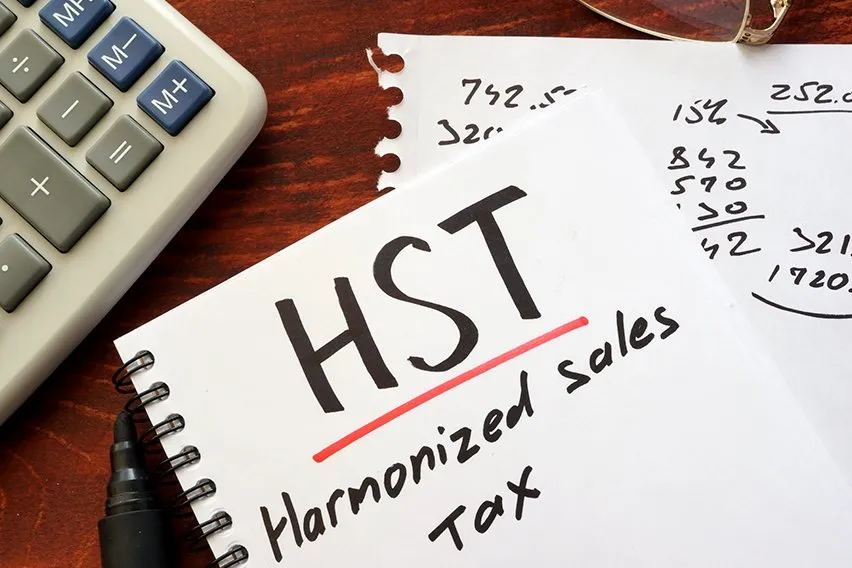 What Is HST (Harmonized Sales Tax)?
What Is HST (Harmonized Sales Tax)?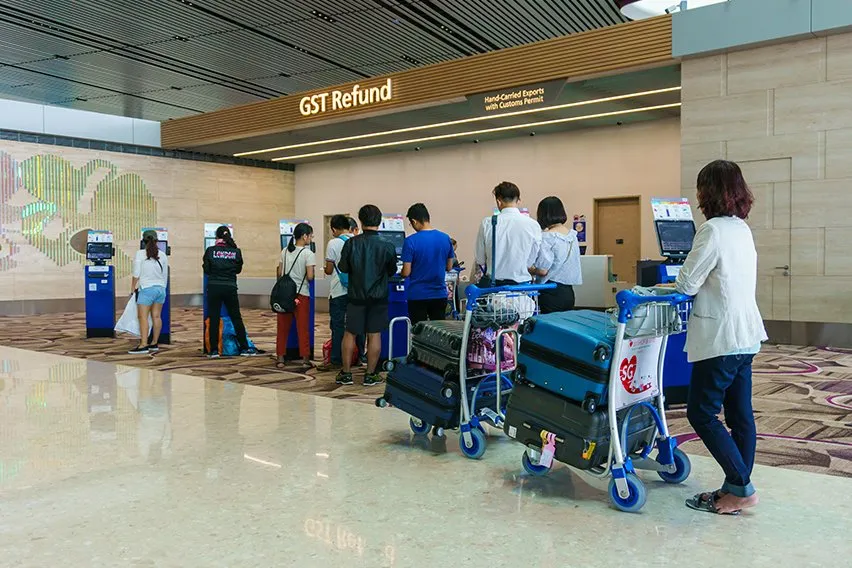 What Is GST Refund & How to Get It
What Is GST Refund & How to Get It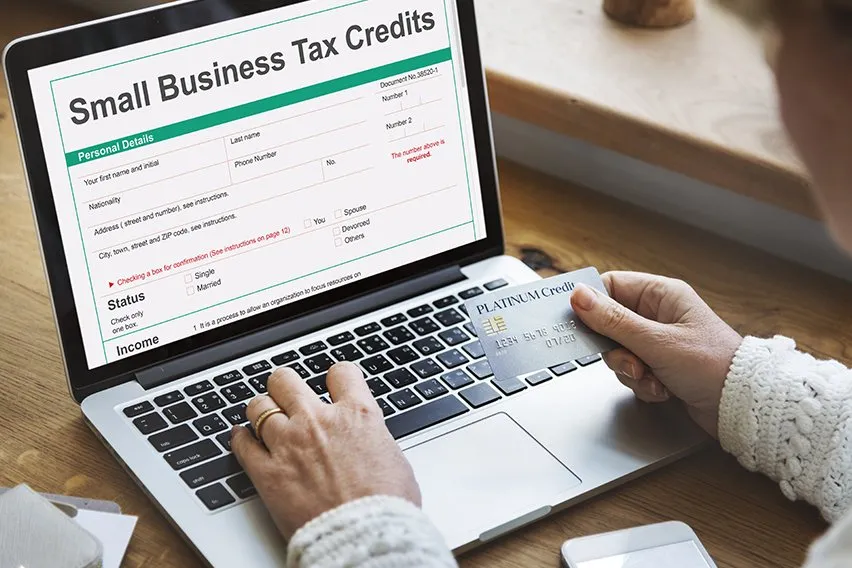 Small Business Deduction: Understand What You Should Know
Small Business Deduction: Understand What You Should Know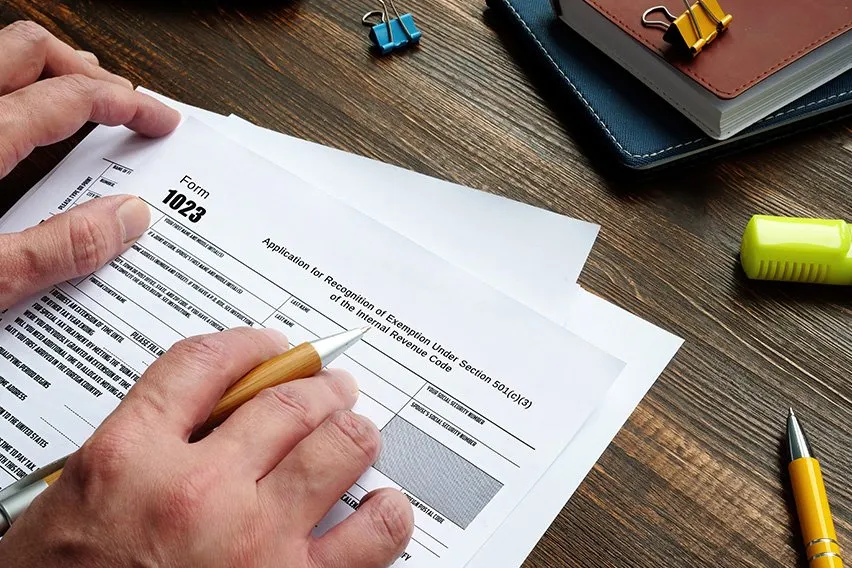 Tax Exemption Requirements for Organizations
Tax Exemption Requirements for Organizations How Much Cash Can You Deposit?
How Much Cash Can You Deposit?